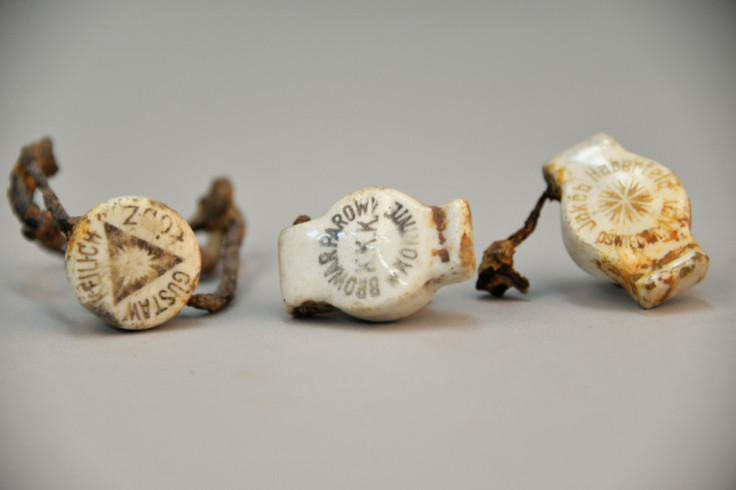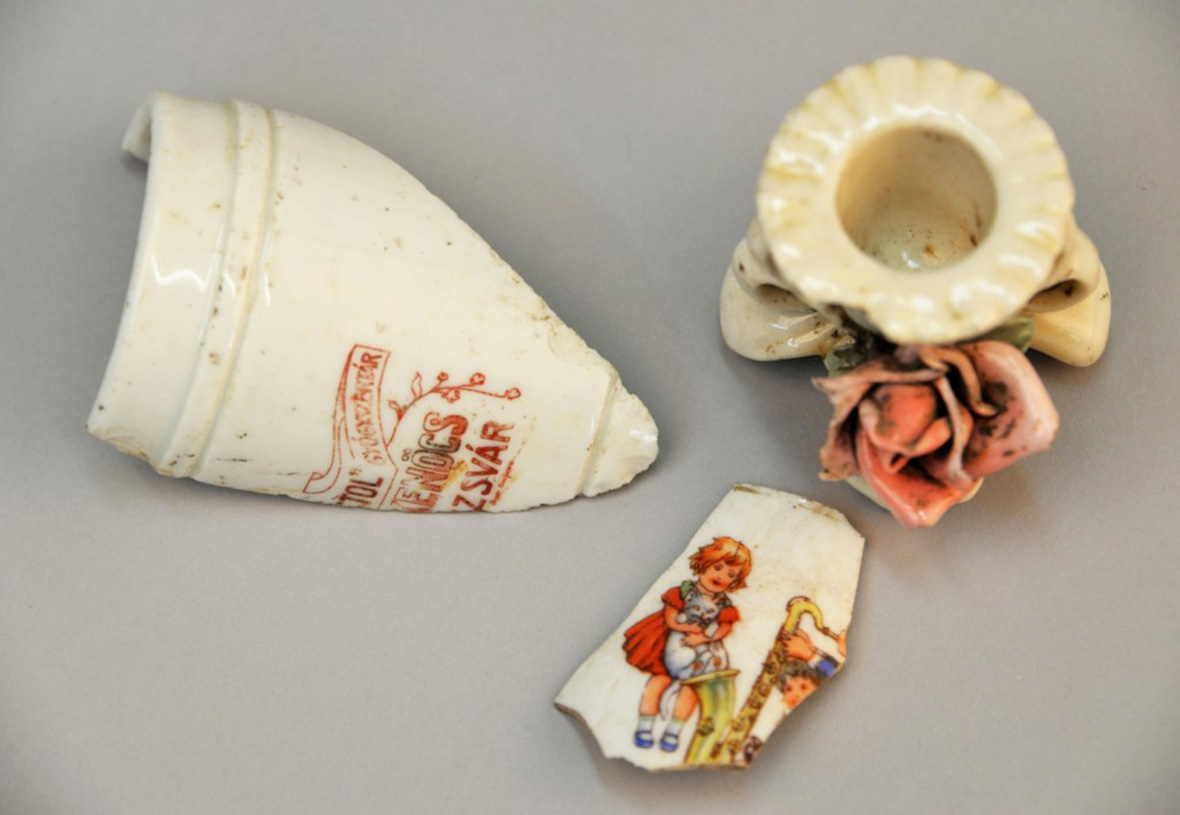As the Holocaust victims were herded into Auschwitz's gas chambers this is what they left behind
Over 16,000 personal items belonging to the victims of the Nazi death camp, Auschwitz-Birkenau, are being returned to the Auschwitz museum memorial.
Over 16,000 personal items belonging to the victims of the Nazi death camp, Auschwitz-Birkenau, are being returned to the Auschwitz museum memorial. Originating from archaeological works that were carried out in the gas chamber and crematorium II in 1967, the items have been recently rediscovered in a depot of the Academy of Science.
Set up in 1940 by occupying German forces near the town of Oswiecim in what is now southern Poland, Auschwitz became the centrepiece in Adolf Hitler's "Final Solution" plan to exterminate the Jews.
Women, men and children, mostly Jewish, but also Russians, Romani, Poles and homosexuals from all over Nazi-occupied Europe were transported to Auschwitz in overcrowded cattle trains. When they arrived at the camp, they faced a selection process. SS doctors decided which prisoners were suitable for labour and which should be killed immediately. The elderly and women with children were killed in the camp's gas chambers using the pesticide Zyklon B .
Auschwitz saw 1.1 million people, mostly Jews murdered and became one of the Nazi's largest death camps.

The belongings serve as a personal testimony to the victims. It is thought that the items were the last link with the world before the prisoners were murdered in the gas chambers.
The humble but heart-rending objects include letters, keys, cups, games and watches. A statement released from the Auschwitz museum has stated that the items will be "thoroughly documented, and checked in terms of their state and preservation". The Auschwitz-Birkenau Foundation has decided to launch the emergency funding for possible conservation work on these objects.
'This is an unexpected, totally unique day in the newest history of our Museum' museum director, Piotr M. A. Cywiński said.



















© Copyright IBTimes 2025. All rights reserved.






















